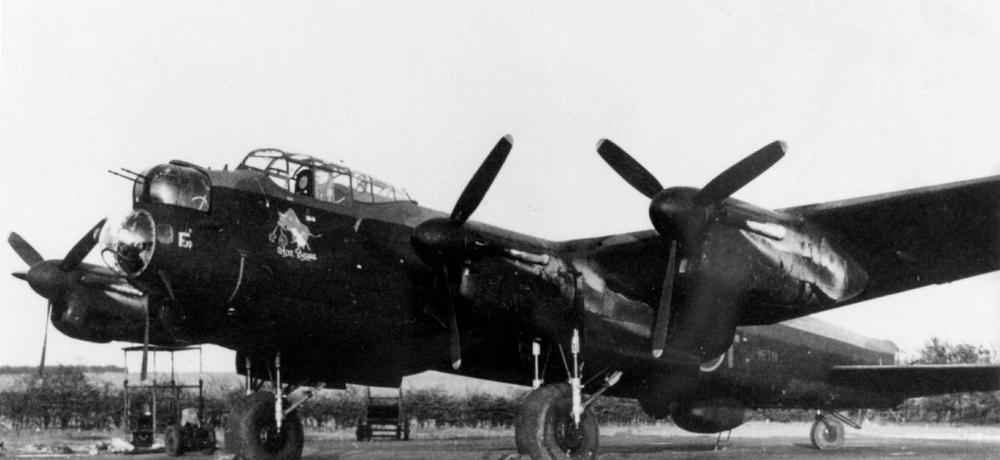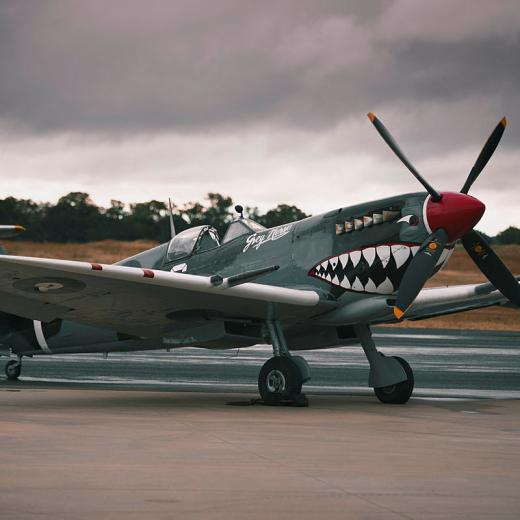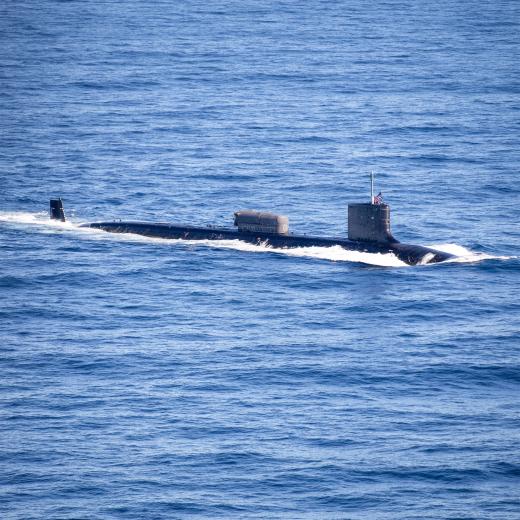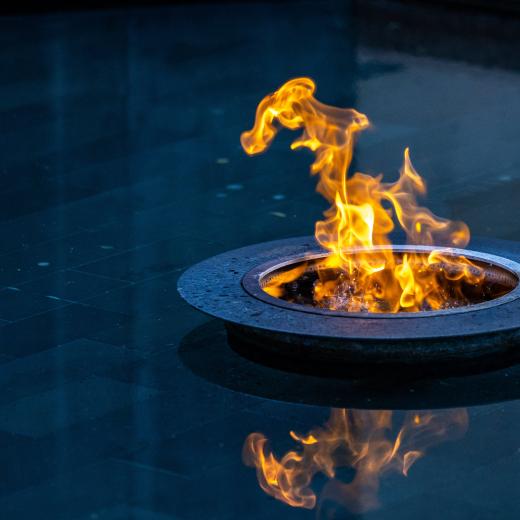BLUF
The 1000 bomber raid of Berlin in February 1945 was a major air assault still; the Germans continued to resist for another two months right up until Soviet troops captured the city and Hitler committed suicide.Summary
Lieutenant General James H. 'Jimmy' Doolittle was commander of the US Eighth Air Force and widely regarded as America's best pilot. A recipient of the Medal of Honor, Doolittle was given the battle order for a mission to be flown on 3 February 1945, involving 1000 allied planes bombing Berlin.
- This offensive was World War II's most extensive bombing mission.
- The order told American bombardiers to use the Frederichstrasse Railway Station in Berlin as the aiming point for the assault on the Third Reich.
- The Red Army was within 130 miles of Berlin, and a punishing aerial assault on the city was seen to help the Soviets advance.
- Doolittle was unhappy about his orders because Americans didn't usually bomb cities, and he felt he was being ordered to betray American principles.
Doolittle phoned his boss, General Carl 'Tooey' Spaatz, to convey his opposition to the plan but was reminded that Berlin had strategic targets there, including Gestapo headquarters.
- The attack force consisted of 42 bombardment groups in three air divisions and 15,000 crew members.
- Doolittle was to dispatch 1,437 heavy bombers and 948 fighters.
- The 15,000 men heading off to battle that day awoke at 3 am. They shaved, ate breakfast and then received briefings on their mission.
- The weather forecast was for clear skies over Berlin.
- Adolf Hitler had spent much of the war away from the capital but was now in Berlin.
- Berlin's anti-aircraft defences stretched 40 miles, and the Luftwaffe still had 1,600 warplanes defending the capital. Therefore, approaching the city was still a risky business.
- Preparations by the B-17 crews involved the usual pre-flight checks. Take-off was around 8 am. One airman later wrote: 'The number of bombers was something beyond the imagination.'
- There were devastating incidents even before the task group reached their destination. Just three men out of 18 survived a mid-air collision.
- P-51 Mustangs flying ahead of the bombers held off most of the Bf-109 and Fw-190 German fighters.
- The parade of allied bombers flying towards Berlin stretched 360 miles, and it took 90 minutes for the formation to pass over the German capital.
- The raid failed to kill Adolf Hitler but did destroy Gestapo headquarters and left the government quarter of Berlin a smouldering mess. It also drove Hitler underground.
- According to US intelligence, more than 10,000 people on the ground were killed.
- On the Allied side, 25 bombers and eight fighters were lost. Eighteen Americans were initially listed as killed in action, with 208 missing.
- A post-war analysis suggested the bombing was far less accurate than believed at the time.
References
- ILITARY HISTORY INDEX PAGES AND COLLECTIONS ON THE RAAF RUNWAY
- AIR AND SPACE POWER: COLLECTIONS | The Runway (airforce.gov.au)
- ADDITIONAL READING RAAF RUNWAY (PME) | The Runway (airforce.gov.au)
- RUSSIAN-UKRAINE CONFLICT—ARTICLES | The Runway (airforce.gov.au
- Britannica The Soviet advance to the Oder, January–February 1945
- Jul 2008 Air Force Magazine The Big B
- Oct 2011 The Atlantic World War II: The Fall of Nazi Germany
- Feb 2015 Time See This Map of the 1945 Bombing of Berlin
- Feb 2015 Wayne’s Journal February 3, 1945
- May 2015 Stars and Stripes By late 1944, tide had turned; Allies closed in on victory in Europe
- May 2017 The National Interest The Biggest Bombing Raid of World War II: 1000 Bombers Sent to Destroy Berlin
- Feb 2018 Deutsche Welle (DW) Dresden 1945 — The devastation of war
- Apr 2018 The Arrowhead Club February 3, 1945 Mission to Berlin
- Mar 2020 National WWII Museum Bombing Berlin: The Biggest Wartime Raid on Hitler's Capital
- Apr 2020 Berlin Experiences The Battle of Berlin 1945: A Day-By-Day Account
- May 2020 National Geographic 75 years after the Nazis surrendered, all sides agree: War is hell
- Oct 2020 Big Think The horror of the air war, in one stark map
- Feb 2021 Owlcation The Fire Bombing of Germany and Japan 1945
- Jun 2021 Liberation Route Berlin In The Air War
- RAAF RUNWAY: RATIONALE, GUIDELINES, LEARNING OUTCOMES, ETC |





